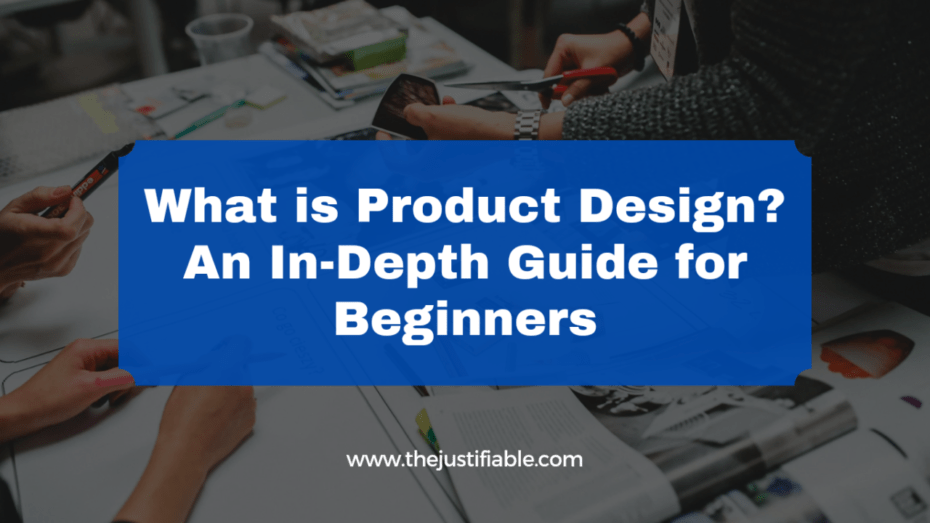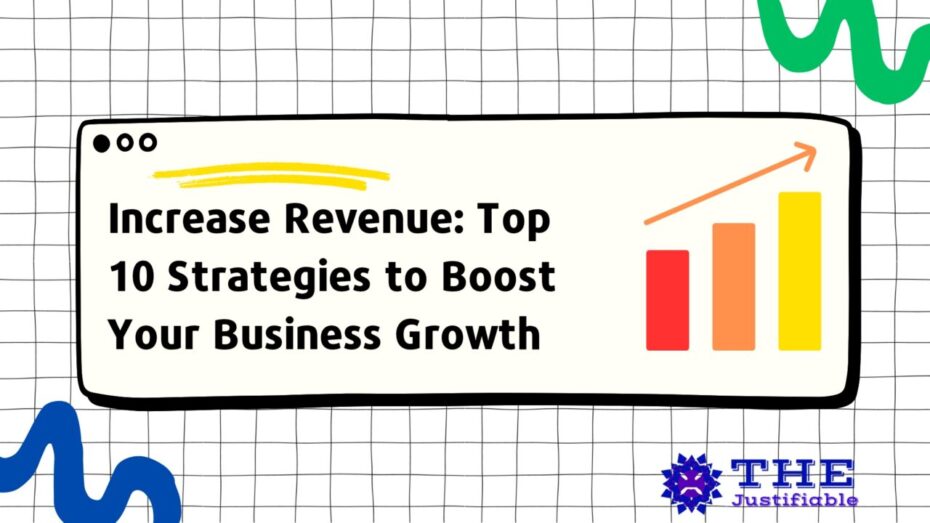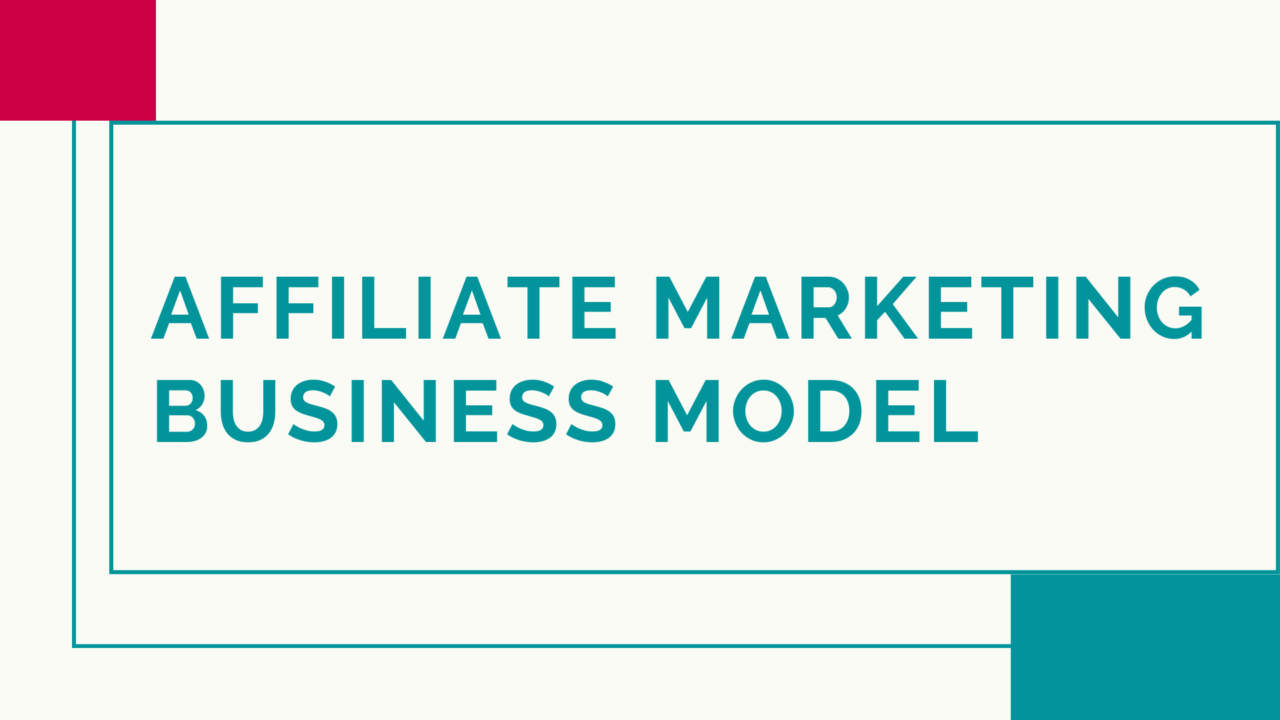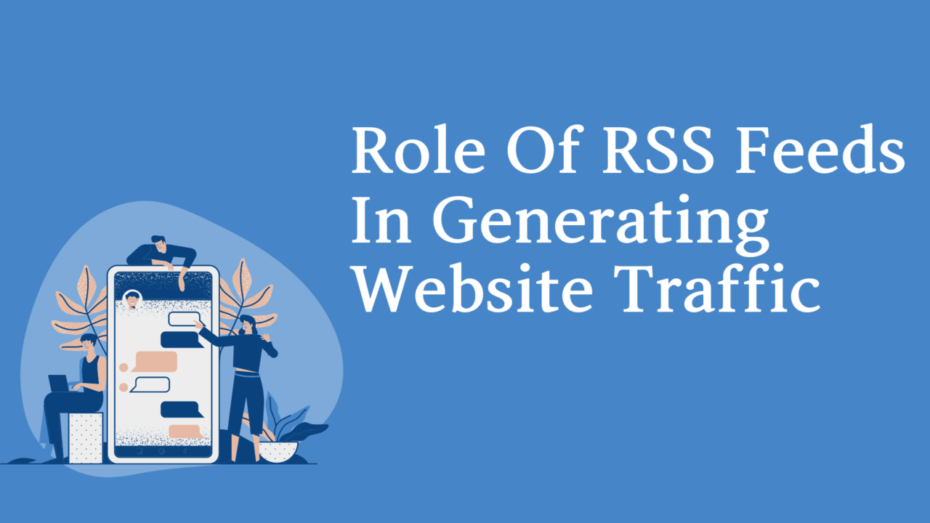Table of Contents
What is Product Design? Welcome to the fascinating world of product design—a multidisciplinary field that bridges the gap between technology and human experience.
Whether you’re an aspiring designer or simply curious, this comprehensive guide will help you understand the essence and significance of product design.
Definition of Product Design
Product design is a creative, analytical process that involves identifying a market opportunity, clearly defining the problem, developing a proper solution for that problem, and validating the solution with real users.
In essence, product design isn’t just about creating functional or aesthetically pleasing products; it’s about understanding the user’s needs, desires, and experiences and translating these insights into a product that not only solves a problem but also provides value and delight to the user.
In the contemporary tech-savvy world, product design often refers to the design of digital products, like software and mobile apps. But it can also encompass physical goods, from everyday household items to intricate industrial machinery.
Regardless of the context, successful product design requires a deep understanding of the user, a solid grasp of design principles, and a knack for problem-solving.
Importance of Product Design
Understanding the importance of product design is crucial in today’s highly competitive global marketplace. Great product design goes beyond just an item’s physical or digital appearance. It’s about creating a seamless experience that makes the user’s life easier, more efficient, and more enjoyable.
Product design can significantly impact a business’s success. A well-designed product that meets a customer’s needs can increase user satisfaction, foster brand loyalty, and ultimately drive business growth. On the other hand, poorly designed products can lead to user frustration, damage a company’s reputation, and result in financial loss.
Furthermore, in a world where sustainability and social responsibility are becoming increasingly important, product design has a pivotal role in promoting environmentally friendly and ethical practices. By considering factors like materials, manufacturing processes, and product lifespan, designers can contribute to a more sustainable future.
In essence, product design is not just about creating objects or services—it’s about shaping the way we live, work, and interact with the world around us. It is a driving force behind innovation, a key differentiator in competitive markets, and a powerful tool for social change.
Understanding Product Design Basics
As we delve deeper into the realm of product design, it’s essential to grasp the fundamental principles and techniques that guide the process.
These basics provide a framework for creating products that are not only functional and aesthetically pleasing but also meet the needs and expectations of the user.
Product Design Principles
Product design principles are a set of guidelines that designers follow to create effective, appealing, and usable products. They serve as a compass, guiding the design process to ensure that the final product achieves its intended purpose while providing value to the user. One of the most critical principles in product design is “user-centered design.”
This principle emphasizes the importance of understanding the user’s needs, desires, and behavior throughout the design process. It means that every design decision, from the initial concept to the final product, should be informed by insights about the end-users. The principle of “simplicity” is another cornerstone of product design.
A product, no matter how innovative or technologically advanced, must be intuitive and easy to use. Overly complex or confusing products can lead to user frustration and ultimately fail in the market. Simplicity in design doesn’t mean lack of features or functionality; instead, it’s about presenting these features in a way that is easily understood and navigated by the user.
Other key principles include “consistency,” ensuring the product’s look, feel, and functionality are uniform across different contexts; “feedback,” providing clear signals to users about the result of their actions; and “sustainability,” considering the environmental and social impact of the product throughout its lifecycle.
Product Design Techniques
Product design techniques refer to the specific methods and strategies that designers use to apply these principles and bring their concepts to life. These techniques vary widely depending on the type of product, the stage of the design process, and the specific challenges at hand.
One common technique is “brainstorming,” which encourages free thinking and idea generation to solve a design problem or explore new possibilities. It’s often used in the early stages of the design process when the goal is to generate a wide range of potential solutions. “Prototyping” is another vital technique in product design.
This involves creating a preliminary model (or prototype) of the product to test its functionality, usability, and overall design. Prototypes can range from simple sketches or 3D models to interactive digital interfaces, depending on the product. The feedback gathered from prototype testing can then be used to refine the design before moving into production.
Other key techniques include “user research,” gathering insights about the target users through methods like surveys, interviews, and observations; “wireframing,” creating a simplified visual guide of a digital product’s interface; and “usability testing,” evaluating the product’s ease of use and user satisfaction through real-world testing.
Product Design Process: A Step-by-Step Guide
Understanding the product design process is fundamental to creating effective products. This structured sequence of steps provides a roadmap for transforming a design idea into a market-ready product.
Let’s delve into the key stages of this process and the role a product designer plays at each step.
Steps in Product Design
The product design process typically unfolds in five main stages, though it can vary depending on the specifics of the project and the methodology used. Here’s a general overview:
- Research: This is the foundation of the product design process. It involves gathering data about the target users, the market, and the problem the product aims to solve. Techniques like surveys, interviews, user personas, and market analysis are used to gain a deep understanding of the user’s needs and preferences.
- Ideation: This stage involves generating a wide range of ideas to address the identified problem. Brainstorming sessions, sketching, storyboarding, and other creative techniques are used to explore different design possibilities and arrive at innovative solutions.
- Design: Here, the most promising ideas are translated into concrete design concepts. This involves creating wireframes, mockups, and prototypes that demonstrate the product’s functionality and aesthetics. Designers use various tools and software to visualize and refine the design concept.
- Testing: This stage is about validating the design concept with real users. Prototypes are tested for usability, functionality, and overall user experience. Feedback from these tests is used to identify issues and areas for improvement.
- Implementation: In this final stage, the refined design is handed over to the development team for production. The product designer often collaborates with developers, overseeing the implementation to ensure that the final product faithfully represents the design vision.
Role of a Product Designer in the Process
The role of a product designer is multifaceted and evolves throughout the product design process. They are part strategist, part researcher, part creator, and part evaluator. In the research phase, product designers act as empathetic investigators, gaining insights into the user’s world to inform the design process.
In the ideation and design stages, they become creative problem-solvers, generating innovative solutions and visualizing them in tangible forms. During the testing phase, product designers become critical evaluators, assessing the product’s performance and making necessary adjustments.
Finally, in the implementation stage, they serve as communicators and collaborators, working closely with the development team to bring the design to life.
Exploring Product Design Tools and Software
In the realm of product design, having the right tools and software at your disposal can make a significant difference. These resources aid in creating, refining, and testing design concepts, turning your ideas into tangible, user-friendly products.
Let’s explore some of the most commonly used product design tools and provide a brief overview of product design software.
Most Commonly Used Product Design Tools
Product design tools are essential for bringing your ideas to life. They help visualize design concepts, create prototypes, and communicate your ideas effectively to stakeholders and the development team.
- Sketching Tools: Traditional sketching tools like paper and pencils are fundamental for quick idea generation and concept development. Despite the digital age, many designers find these analog tools invaluable, especially during the initial stages of the design process.
- Digital Graphic Tools: Tools like Adobe Illustrator and Photoshop are used widely for creating and refining digital design elements. They offer a vast array of features for designing icons, editing images, and creating detailed design components.
- Prototyping Tools: Prototyping tools like Sketch, Figma, and InVision allow designers to create interactive prototypes that mimic the functionality and interaction of the final product. These tools are essential for usability testing and getting feedback on the design before moving into production.
- Collaboration Tools: With the rise of remote work, collaboration tools have become increasingly important. Platforms like Slack, Trello, and Google Workspace enable teams to communicate, share files, and manage tasks effectively across different locations.
- User Testing Tools: Tools such as UserTesting, Lookback, and Hotjar provide valuable insights into how users interact with your design, helping identify usability issues and areas for improvement.
Overview of Product Design Software
While the aforementioned tools are valuable for specific tasks, comprehensive product design software offers a more integrated approach to the design process. These platforms typically combine several functions, including wireframing, prototyping, collaboration, and user testing, into a single application.
Among the most popular product design software are Figma, Adobe XD, and Sketch. These tools are designed to streamline the design process, allowing designers to create, prototype, and test designs within the same platform. They also support real-time collaboration, making it easy for teams to work together, share feedback, and iterate on designs.
Choosing the right software largely depends on your specific needs, your team’s workflow, and your budget. Most product design software offers free trials, allowing you to test their features and see if they fit your design process.
Having the right tools and software is crucial for executing your design vision effectively. As you grow in your product design journey, you’ll likely find certain tools more conducive to your workflow and creative process.
Learning Product Design: Tutorials and Courses
Whether you’re looking to break into the product design field or simply want to enhance your current skills, there’s a wealth of educational resources available to help you on your journey.
From online tutorials for beginners to comprehensive courses offered by top institutions, let’s explore some of the best resources for learning product design.
Best Product Design Tutorials for Beginners
Online tutorials are a great way to start learning about product design. They offer step-by-step guidance on specific topics, allowing you to learn at your own pace and revisit the material as needed. Here are a few recommended tutorials for beginners:
“Introduction to Product Design” on YouTube: This video tutorial provides a solid foundation in product design, covering key concepts, principles, and techniques. It’s a great starting point for anyone new to the field.
“A Beginner’s Guide to Product Design” on Medium: This written tutorial offers a comprehensive overview of product design, from the design process to the tools and skills you need to succeed. It also includes practical exercises to help reinforce the material.
“Learn Design Thinking: An Atlassian Workbook” on Atlassian: This interactive tutorial introduces you to design thinking, a key approach used in product design. It includes activities, worksheets, and case studies to help you apply what you’ve learned.
Recommended Product Design Courses
For a more in-depth understanding of product design, consider enrolling in an online course. These courses often include video lectures, assignments, peer feedback, and even certificates upon completion. Here are a few recommended courses:
“Product Design: The Delft Design Approach” on edX: Offered by Delft University of Technology, this course provides a systematic approach to product design. It covers the entire design process, from identifying user needs to prototyping and testing.
“User Experience Design Essentials – Adobe XD UI UX Design” on Udemy: This course focuses on digital product design, teaching you how to use Adobe XD to design and prototype user interfaces.
“Google UX Design Professional Certificate” on Coursera: This professional certificate program from Google covers the fundamentals of UX design, a critical aspect of product design. It includes hands-on projects and a portfolio-building experience.
Learning product design is a journey, and these tutorials and courses are just the beginning. As you continue to learn and practice, remember that the most effective product designers are those who remain curious, empathetic, and committed to solving problems in innovative ways.
Industrial Design vs Product Design
As you delve further into the field of design, you’re likely to encounter the terms ‘industrial design’ and ‘product design.’ While these disciplines share some similarities, they also have distinct differences that set them apart.
Understanding these differences and similarities is crucial for choosing a career path that aligns with your interests and skills.
Differences between Industrial and Product Design
While both industrial and product design involve creating goods that are functional and aesthetically pleasing, they focus on different aspects of the design process. Industrial design is traditionally associated with physical, mass-produced goods.
Industrial designers often work on products like furniture, vehicles, appliances, and other tangible items. They consider factors like ergonomics, manufacturing processes, materials, and the overall form of the product. Their work typically involves a lot of sketching, 3D modeling, and physical prototyping.
Product design, on the other hand, has evolved to encompass both physical products and digital interfaces. Product designers work on anything from physical goods to software applications, focusing on the user experience.
They’re responsible for ensuring the product meets the user’s needs and provides a seamless, intuitive experience. This involves user research, wireframing, prototyping, and usability testing, often in a digital context.
In essence, the main difference lies in the scope: industrial design is more focused on physical, mass-produced goods and their manufacturing process, while product design has a broader scope that includes both physical and digital products, with a strong emphasis on user experience.
Similarities between Industrial and Product Design
Despite these differences, industrial design and product design share a common goal: creating products that meet the user’s needs and provide value. Both disciplines involve a process of research, ideation, design, testing, and implementation.
They require an understanding of the user, the market, and the problem the product aims to solve. Both industrial designers and product designers must be proficient in design principles and techniques, and they must be able to use various design tools and software.
They also need strong problem-solving skills, creativity, and the ability to work collaboratively with other team members. In conclusion, while industrial design and product design have their unique characteristics, they also overlap in many ways.
Depending on your interests, you might find one more appealing than the other. Regardless of the path you choose, remember that successful design is about more than just creating beautiful products; it’s about solving problems and improving people’s lives.
Enhancing Your Product Design Skills
Product design is a multifaceted discipline that requires a diverse set of skills. From creativity and problem-solving to technical proficiency and user empathy, certain attributes can significantly improve your effectiveness as a product designer.
Let’s delve into the essential skills for a product designer and how you can further enhance these abilities.
Essential Skills for a Product Designer
As a product designer, your skill set should balance both technical expertise and soft skills.
- Design Proficiency: A strong grasp of design principles like balance, hierarchy, contrast, and repetition is fundamental. Proficiency in design tools and software, such as Sketch, Figma, or Adobe XD, is also vital.
- Problem-Solving: Design is essentially problem-solving. As a product designer, you need to be able to identify problems, generate creative solutions, and validate these solutions through testing.
- User Empathy: Understanding your users and their needs is at the heart of product design. Skills in user research, creating personas, and conducting usability testing are crucial for designing products that truly resonate with users.
- Communication: Product design is a collaborative process. You need strong communication skills to present your ideas, give and receive feedback, and work effectively with different team members.
- Business Acumen: Understanding the business context of your design work is also important. This includes knowing your market, understanding the business goals, and being able to make design decisions that align with these goals.
How to Improve Your Product Design Skills
Improving your product design skills is a continuous journey. Here are a few strategies to consider:
- Practice Regularly: Like any skill, practice is key to improvement. Regularly working on design projects, whether for work, personal projects, or exercises, will help hone your abilities.
- Learn from Others: Look for inspiration from other designers. This could be through design blogs, books, podcasts, or even by attending design conferences and meetups. Constructive critique from peers can also provide invaluable insights.
- Stay Updated: The design field is continually evolving, and staying updated on the latest trends, tools, and techniques is crucial. Following industry leaders on social media, subscribing to design newsletters, and participating in online design communities can help keep you in the loop.
- Expand Your Knowledge: Consider further education, such as online courses, workshops, or even a formal degree program. These can provide structured learning and deepen your understanding of product design.
- Apply Feedback: Use feedback from users, peers, and mentors to refine your work. Feedback is a powerful tool for learning and growth.
Remember, becoming a proficient product designer takes time and dedication, but with a passion for design and a commitment to continuous learning, you can excel in this exciting field.
Product Design Examples: A Closer Look
Product design is ubiquitous in our lives. From the smartphone you use daily to the ergonomic chair at your desk, product design shapes our experiences with the physical and digital world around us.
Let’s take a closer look at some inspiring examples of product design and delve into a few case studies that illustrate effective product design in action.
Inspiring Examples of Product Design
Some product designs stand out due to their innovation, aesthetics, or exceptional user experience. Here are a few examples that have made a significant impact:
- Apple’s iPhone: The iPhone revolutionized the smartphone industry with its intuitive interface, sleek design, and integrated ecosystem. It epitomizes user-centric design, with every element crafted to enhance the user’s interaction with the device.
- Tesla Model S: This electric vehicle combines sustainable technology with luxury design. Tesla’s focus on user experience, safety, and innovation has set a new standard in the automotive industry.
- Google’s Material Design: This design language by Google has greatly influenced digital product design. Its principles of light, material, and movement guide designers to create cohesive, intuitive, and accessible digital experiences.
- Dyson Supersonic Hair Dryer: Dyson reimagined the hair dryer with a focus on user needs, ergonomics, and advanced technology. Its innovative design reduces noise, increases efficiency, and is more comfortable to hold.
Case Studies of Effective Product Design
Case studies provide valuable insights into the product design process, from problem identification to solution implementation. Let’s examine two such case studies:
- Slack’s User-Centric Design: Slack’s rise as a leading collaboration tool is largely due to its emphasis on user-centric design. The company continuously listens to its users, uses data-driven design decisions, and employs iterative testing to improve its product. The result is an application that is intuitive, flexible, and enjoyable to use.
- IKEA’s Democratic Design: IKEA’s approach to product design is guided by democratic design principles: form, function, quality, sustainability, and low price. This philosophy is evident in products like the Billy bookcase, which is simple, functional, sustainable, high-quality, and affordable.
IKEA’s successful application of these principles has made good design accessible to many. These examples and case studies demonstrate the power of thoughtful product design. They show how a deep understanding of the user, a commitment to design principles, and a passion for problem-solving can create products that are functional, beautiful, and impactful.
Careers in Product Design
Product design is a dynamic and rewarding career path that offers numerous opportunities for creativity, problem-solving, and making a tangible impact.
Whether you’re contemplating a career shift or seeking guidance on how to start your career in product design, this section will provide useful insights.
We’ll discuss the steps to becoming a product designer and look at some future trends in product design careers.
How to Become a Product Designer
Becoming a product designer involves a blend of education, skills acquisition, and practical experience. Here are some steps to guide you on this path:
- Educational Foundation: While a degree in product design or a related field like industrial design or graphic design can be beneficial, many successful product designers come from diverse educational backgrounds. What’s crucial is a solid understanding of design principles, user-centered design, and the product design process.
- Skill Development: Proficiency in design tools like Sketch, Adobe XD, and Figma is essential. Additionally, skills in user research, prototyping, UI/UX design, and visual communication are vital. These skills can be learned through online courses, tutorials, workshops, or on-the-job training.
- Portfolio Building: A strong portfolio showcasing your design process, skills, and completed projects is arguably the most important tool for landing a job in product design. Include projects that demonstrate problem-solving, user empathy, and technical abilities.
- Gaining Experience: Internships, freelance projects, and entry-level design roles can provide invaluable experience. They offer the chance to work on real projects, learn from experienced designers, and understand the practical realities of a product design career.
- Continued Learning: Product design is a rapidly evolving field. Staying up-to-date with the latest design trends, techniques, and tools is critical to remain competitive and effective in your role.
Future Trends in Product Design Careers
As technology and user needs continue to evolve, so does the field of product design. Here are some trends that could shape product design careers in the future:
- Increased Focus on User Experience: With more products moving to digital platforms, the emphasis on user experience is growing. Designers who can create seamless, intuitive, and enjoyable digital experiences will be in high demand.
- Sustainable Design: As sustainability becomes more critical, designers will need to consider the environmental impact of their products. This includes material selection, manufacturing processes, and product lifecycle.
- AI and Automation: AI is becoming more integrated into the design process, with tools that automate tasks and provide design suggestions. However, the creative and empathetic aspects of design remain distinctly human.
- Remote Work: The recent shift to remote work has opened up opportunities for product designers to work from anywhere. This trend may continue, offering more flexibility and a broader range of job opportunities.
Remember, a career in product design is not a fixed path but a journey of continuous learning and adaptation. Embrace the evolution of the field, and stay curious and empathetic to succeed in this rewarding career.
Innovation and Trends in Product Design 2023
Product design is not static; it continuously evolves, propelled by advancements in technology, changing user needs, and societal shifts.
In this final section, we’ll explore the latest trends that are shaping product design in 2023 and delve into the crucial role innovation plays in product design’s landscape.
Latest Trends in Product Design
As we navigate through 2023, several trends are significantly impacting the product design sphere:
- Sustainable Design: As environmental consciousness grows, sustainable design has moved from being a niche concern to a mainstream expectation. Designers are increasingly tasked with creating products that are not only aesthetically pleasing and functional but also minimize environmental impact.
- Inclusive Design: Inclusivity is becoming a vital aspect of product design. Designers are expected to create products that cater to a diverse range of users, irrespective of their abilities, age, gender, or cultural background. This trend is leading to more accessible and user-friendly products.
- Designing for Remote Work: The shift to remote work has necessitated a new focus on products that facilitate this mode of operation. From digital collaboration tools to ergonomic home office furniture, product design has a significant role to play in this evolving work landscape.
- Digital-Physical Integration: With the rise of IoT and smart devices, the line between digital and physical products is blurring. Designers are now creating products that seamlessly integrate digital functionality with physical form.
- AI and Automation in Design: AI is increasingly being leveraged in product design, from generating design options to automating routine tasks. This trend is freeing designers to focus more on strategic and creative aspects of product design.
The Role of Innovation in Product Design
Innovation is the lifeblood of product design. It’s what propels the field forward, enabling designers to create products that better meet user needs, solve problems more effectively, and deliver novel experiences. Innovation in product design can take many forms.
It could involve leveraging new technologies, like AI or AR, to enhance product functionality. It might mean adopting new design methodologies, like design thinking or biomimicry, to generate creative solutions.
Or it could entail reimagining the product’s role in the user’s life, leading to entirely new product categories. Innovation also involves a mindset of continuous learning and adaptation. As user needs and societal contexts evolve, designers must continually seek new ways to deliver value, delight users, and create meaningful impact.
This focus on innovation is what makes product design such a dynamic and exciting field. As we move forward into the future, we can expect to see even more innovative and transformative trends shaping the world of product design.
Final Thoughts on the Importance of Product Design
Product design is not merely about creating attractive products; it’s about solving problems, meeting user needs, and ultimately, improving lives. As we move forward, the importance of product design will only grow.
With the advent of new technologies and the increasing focus on user experience, sustainable design, and inclusivity, product designers have an exciting and challenging road ahead. Whether you’re a product designer or someone interested in the field, we hope this guide has provided you with valuable insights.
Remember, product design is a journey of continuous learning, creativity, and empathy. Stay curious, keep exploring, and you’ll undoubtedly make a significant impact in the exciting world of product design.






